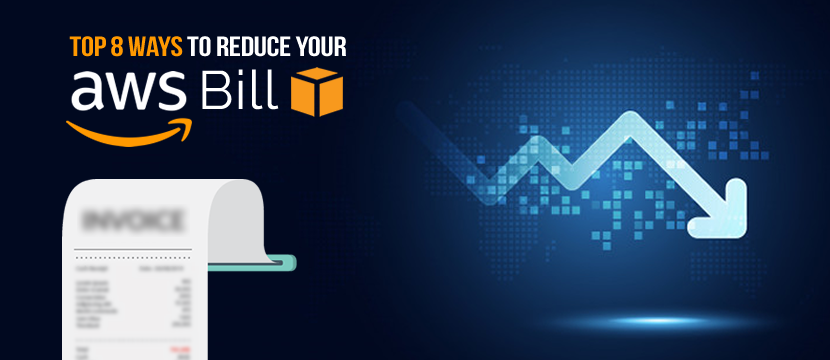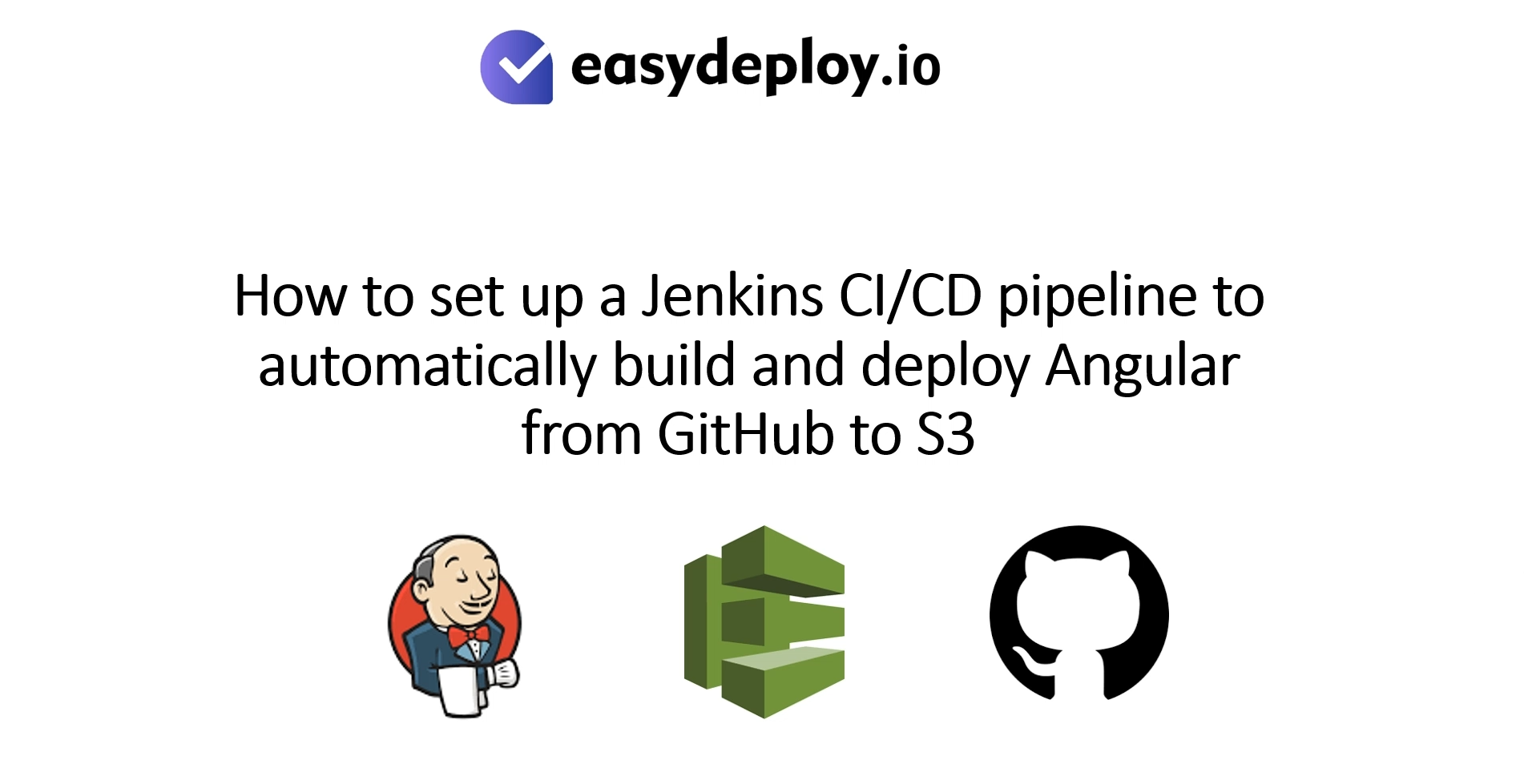The emergence of cloud technology has been a major revolution in the IT field. The frontrunner of the cloud revolution is Amazon with AWS offerings. AWS bill is not much of an issue for enthusiasts of cloud adoption.
However, when you want to become a part of the journey for cloud adoption with AWS, then information is imperative. The awareness about different pointers to cut AWS costs can help you in reducing unnecessary costs.
New to the AWS platform? Follow these simple steps and get started with AWS just like a pro.
How to Reduce AWS Bill?
You need to know that AWS charges you for the resources you use. On the other hand, most of the users end up paying for resources they think they are using, but actually, they are not! So, it is imperative to look for tricks that can help you make the best use of available resources.
As a result, you can understand your usage better and thus save promisingly on AWS billing. The following discussion aims to present different ways of saving money on AWS costs.
1. Make the most of spot instances
AWS spot market is the first place where you can get opportunities to cut AWS costs. The AWS sports market offers the opportunity for bidding on an instance, and the bid can help companies to receive discounts up to 90%. The supply and demand of an instance help in determining the market price.
Simply bid on an instance, and after accepting the bid, you can use the instance for an hour. However, you will have to terminate the instance when the market price rises. This recommendation for reducing your AWS bill is ideal for non-critical tasks because you have to shut down instances immediately.
You can also find means for availing discounts by ‘volume pricing.’ Enterprises can opt for a review of their eligibility for discounts by estimating the potential data usage. An official AWS sales representative could review the amount of AWS resources required for the enterprise and thus save costs.
2. Monitoring the use of AWS services
The next important pointer for savings in your AWS bill is the monitoring of service usage. Monitoring does not mean weekly or monthly evaluations of analytics. AWS gives you the ability for scaling your resource usage up or down according to your needs.
Therefore, your organization should always try to find out whether a particular instance is being overused. Various tools can come to your rescue for monitoring usage of AWS resources. Amazon CloudWatch is the first entry that comes to mind when we think of monitoring AWS usage.
CloudWatch helps retrieve and monitor log files and setting alarms for incidents. Custom metrics created by own applications also top up the benefits of CloudWatch and can inform about the productive instances.
Also Read: AWS Security Best Practices
3. Choosing the right instance type
The selection of instance type is also another proven way to minimize AWS charges. Individual instance, families associated with variable costs, and so, you can reduce your AWS costs by choosing cost-effective instances. The selection of cost-effective instances depends largely on the concerned application workload.
Specific use cases get help improving workloads and decreasing expenditure by identifying the amount of memory and processing unit type. The selection of the right instance resource ideal for the use case as well as cost-effectiveness requirements is very crucial.
Furthermore, you should also focus on consistent monitoring and review of the instances to find their suitability for the current workload. As discussed in the previous pointer, monitoring AWS resource usage is critical for cost management.
4. Improving communication between teams for efficient resource usage
Another promising intervention to minimize AWS charges is the emphasis on communication. Communication is essential for certain scenarios that can lead up to skyrocketing the AWS bill. Sometimes team members could spin up different AWS services leading to the higher monthly bills.
Now, if cost management teams assume that purchasing reserved instances can solve the issue, the cost of long-term RIs piles up on the existing bill. After a few months, the changes in an application can lead to underutilized RIs that also exert pressure on billing. So, this problem could shut down right at the beginning with interactive communication and collaboration between different teams.
5. Consolidated billing
You can also reduce the AWS bill by creating a single master account. The single master account can pay for all the subsidiary accounts. As a result, organizations with multiple requirements and higher needs for storage benefit the most. The long-term benefits are evident with a reduction in marginal cost for getting the service of an instance.
The consolidation of billing does not involve any additional cost for the user. Furthermore, the concerns of monitoring your bills do not become prominent in consolidated billing. You can view and download the charges from each subsidiary in a CSV format easily. Surely a benefit for cost management, isn’t it?
Planning to migrate your cloud infrastructure to AWS? Check out these simple steps for AWS migration.
6. Choosing the right storage tools
The storage method for AWS also has a prominent impact on AWS Bill. Every organization has different needs, and it addresses different objectives and customer needs. So, the search for ‘one size fits all’ solution can be very confusing and tiresome. However, the selection of right AWS tools for storage can help you save a considerable amount of money.
You can find distinct levels of storage with different types of usage and cost structure. Users could opt for the Amazon S3 Standard for data subjected to routine access. Amazon S3 Standard Infrequent Access (IA) is ideal for less frequently accessed data, albeit with the facility of instantaneous retrieval.
Storage of secondary backups is possible through the Amazon S3 One Zone-Infrequent Access with lower costs than Infrequent Access. If you want to store cold data, i.e., storage for more than 90 days, then Amazon Glacier is the right alternative.
7. No Upfront payments for Reserved Instances
Enterprises with a desire for the highest possible savings often make a huge mistake regarding AWS tools. Such companies purchase All Upfront reserved instances. As a result, they pay costs for reserved instances at the time of purchase.
On the other hand, you should consider the cost of money in the calculations. The additional savings from all the upfront payments for reserved instances could not be ideal in the long-term. So, unless your enterprise is rich in cash and cannot use it otherwise, you don’t have to pay upfront for reserved instances.
8. Find out the factors that increase costs
Finally, the concerns to reduce AWS bill round back to the knowledge about factors causing costs. Identifying the source of the problem can help in bringing out the best possible solution. So, organizations should understand the impact of changes in their environment on the costs.
For example, the rise in demand for AWS services during peak periods can lead to increased usage. Also, people responsible for each instance should also depict accountability. Resources should fall in line with the application, and stakeholders should promise accountability irrespective of the scale of the project.
AWS Cost Explorer can help in sorting and viewing costs from highest to lowest. Furthermore, it can also help in comparing costs from the previous month and create relevant budgets.
Also Read: How to Setup RDS Auto Scaling in AWS
Final Words
On a concluding note, you have to focus largely on monitoring AWS service usage for reducing your AWS bill. The marginal benefit of service in comparison to the marginal cost of the service matters considerably. So, comprehensive monitoring can help enterprises in getting clear and precise outcomes of such a comparison. Based on the outcomes, you can decide regarding shutting down the AWS service temporarily or permanently or keep it employed.
Furthermore, a promising recommendation for all enterprises using AWS is to determine their requirements. Just imagine of it as building the vessel first before storing water in it. When you know how much water your vessel needs, you can easily save on the costs of water. This analogy is also applicable to the case of your AWS bill!










